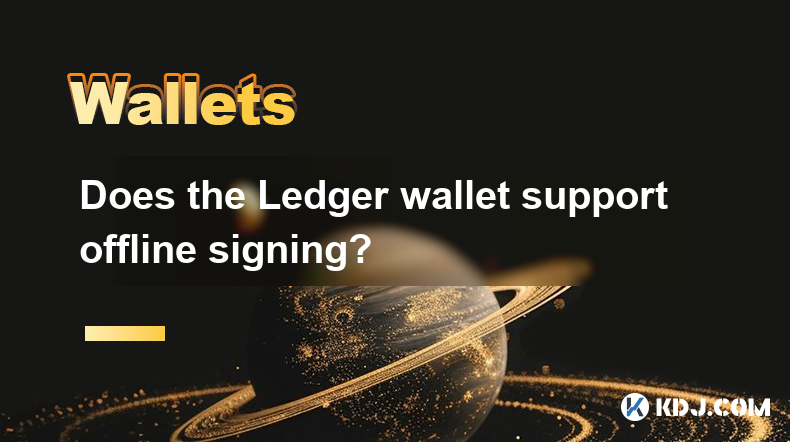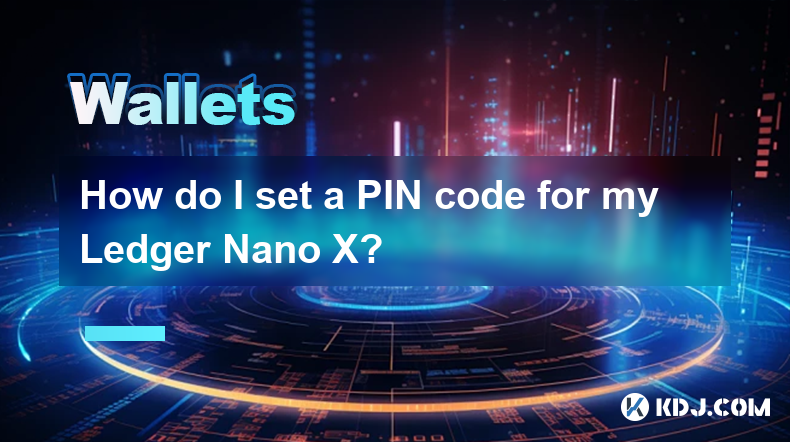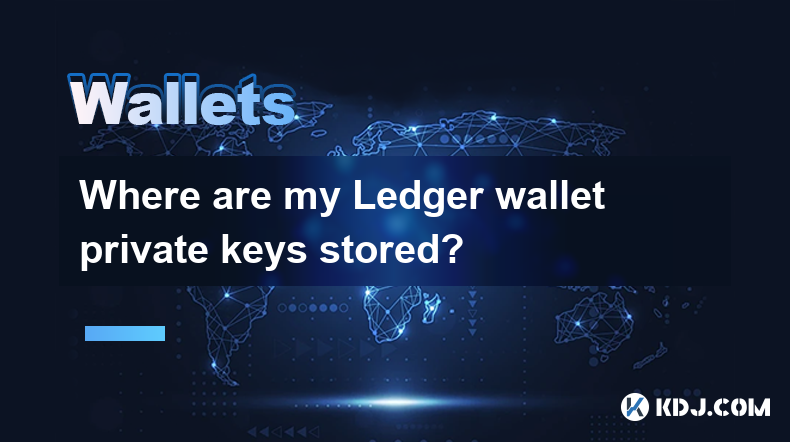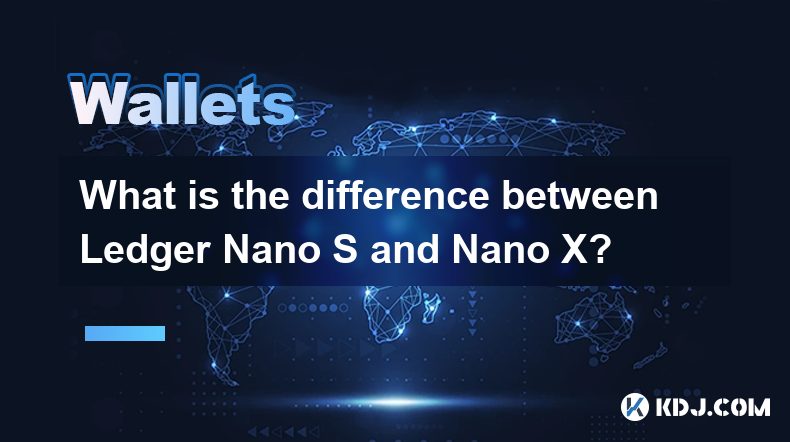-
 Bitcoin
Bitcoin $76,444.7530
-3.77% -
 Ethereum
Ethereum $1,473.8355
-5.46% -
 Tether USDt
Tether USDt $0.9991
-0.08% -
 XRP
XRP $1.7965
-5.51% -
 BNB
BNB $553.4919
-0.36% -
 USDC
USDC $0.9999
-0.02% -
 Solana
Solana $105.2981
-1.74% -
 TRON
TRON $0.2303
0.81% -
 Dogecoin
Dogecoin $0.1422
-4.62% -
 Cardano
Cardano $0.5587
-4.41% -
 UNUS SED LEO
UNUS SED LEO $8.9866
1.01% -
 Toncoin
Toncoin $2.9933
-4.74% -
 Chainlink
Chainlink $10.9113
-4.81% -
 Stellar
Stellar $0.2215
-4.76% -
 Avalanche
Avalanche $16.1163
-3.29% -
 Sui
Sui $1.9371
-3.89% -
 Shiba Inu
Shiba Inu $0.0...01065
-6.69% -
 Hedera
Hedera $0.1469
-3.29% -
 MANTRA
MANTRA $6.2058
-1.53% -
 Dai
Dai $1.0000
0.01% -
 Bitcoin Cash
Bitcoin Cash $269.3457
-2.08% -
 Polkadot
Polkadot $3.3773
-5.87% -
 Litecoin
Litecoin $69.2204
-2.50% -
 Ethena USDe
Ethena USDe $0.9986
-0.01% -
 Bitget Token
Bitget Token $4.0180
-3.25% -
 Pi
Pi $0.5649
-4.50% -
 Hyperliquid
Hyperliquid $11.1928
-2.80% -
 Monero
Monero $195.3885
-4.41% -
 OKB
OKB $50.9235
-0.59% -
 Uniswap
Uniswap $4.7688
-6.95%
What cryptocurrencies does Keystone Pro support?
Keystone Pro supports a wide range of cryptocurrencies including Bitcoin, Ethereum, Litecoin, and more, ensuring secure storage and management of diverse digital assets.
Apr 05, 2025 at 03:21 pm

The Keystone Pro is a popular hardware wallet designed to provide secure storage for a variety of cryptocurrencies. Understanding which cryptocurrencies it supports is crucial for users looking to safeguard their digital assets. In this article, we will explore the range of cryptocurrencies that the Keystone Pro supports, providing detailed information to help you make informed decisions about your crypto storage needs.
Bitcoin (BTC) Support
The Keystone Pro offers robust support for Bitcoin (BTC), the pioneering cryptocurrency. Users can securely store, send, and receive Bitcoin using the device. The wallet supports various Bitcoin address formats, including legacy, SegWit, and native SegWit addresses, ensuring compatibility with different types of Bitcoin transactions. Additionally, the Keystone Pro integrates with popular Bitcoin wallets and services, making it easy to manage your Bitcoin holdings.
Ethereum (ETH) and ERC-20 Tokens
For users interested in Ethereum (ETH) and its ecosystem, the Keystone Pro provides comprehensive support. You can store, send, and receive Ethereum directly on the device. Moreover, the wallet supports a wide range of ERC-20 tokens, allowing you to manage your diverse portfolio of Ethereum-based assets. The Keystone Pro's integration with Ethereum's network ensures that you can interact with decentralized applications (dApps) and smart contracts securely.
Litecoin (LTC) and Other Altcoins
The Keystone Pro extends its support to Litecoin (LTC) and several other altcoins. Litecoin, often considered the silver to Bitcoin's gold, can be securely stored and managed on the device. In addition to Litecoin, the wallet supports other popular altcoins such as Bitcoin Cash (BCH), Dash (DASH), and Dogecoin (DOGE). This broad support for altcoins makes the Keystone Pro a versatile choice for users with diverse cryptocurrency portfolios.
Binance Smart Chain (BSC) and BEP-20 Tokens
The Keystone Pro also supports Binance Smart Chain (BSC) and BEP-20 tokens, catering to users involved in the Binance ecosystem. You can store, send, and receive BNB, the native token of BSC, as well as various BEP-20 tokens. This support enables users to engage with the growing number of decentralized finance (DeFi) projects and dApps on the Binance Smart Chain, all while maintaining the security of their assets.
Polkadot (DOT) and Kusama (KSM)
For those interested in the interoperability and scalability offered by Polkadot (DOT) and Kusama (KSM), the Keystone Pro provides dedicated support. You can securely store and manage these assets on the device, taking advantage of the unique features of these networks. The wallet's support for Polkadot and Kusama reflects its commitment to staying at the forefront of blockchain technology and supporting emerging cryptocurrencies.
Stellar (XLM) and XRP (XRP)
The Keystone Pro also supports Stellar (XLM) and XRP (XRP), two cryptocurrencies known for their fast and low-cost transactions. Users can store, send, and receive these assets securely on the device. The wallet's integration with the Stellar and XRP networks ensures that you can take full advantage of their capabilities, whether you're sending remittances or participating in tokenized asset transfers.
Cardano (ADA) and Algorand (ALGO)
For users interested in the proof-of-stake (PoS) ecosystems of Cardano (ADA) and Algorand (ALGO), the Keystone Pro offers dedicated support. You can securely store and manage these assets on the device, benefiting from the energy-efficient and scalable nature of these networks. The wallet's support for Cardano and Algorand underscores its commitment to supporting a wide range of blockchain technologies.
How to Set Up Your Keystone Pro for Supported Cryptocurrencies
Setting up your Keystone Pro to support the various cryptocurrencies mentioned above is a straightforward process. Here's a detailed guide on how to do it:
- Download the Keystone App: Start by downloading the Keystone app on your smartphone. The app is available for both iOS and Android devices and can be found on their respective app stores.
- Initialize Your Keystone Pro: Power on your Keystone Pro and follow the on-screen instructions to initialize the device. This involves generating a new seed phrase, which you should write down and store securely.
- Connect to the Keystone App: Open the Keystone app on your smartphone and follow the prompts to connect it to your Keystone Pro. This typically involves scanning a QR code displayed on the device.
- Add Supported Cryptocurrencies: Once connected, navigate to the "Add Cryptocurrency" section within the app. Here, you can select from the list of supported cryptocurrencies, including Bitcoin, Ethereum, Litecoin, and others. Follow the on-screen instructions to add each cryptocurrency to your wallet.
- Receive and Send Cryptocurrencies: With your cryptocurrencies added, you can now use the Keystone Pro to receive and send funds. To receive, generate a new address for the desired cryptocurrency within the app and share it with the sender. To send, enter the recipient's address and the amount you wish to send, then confirm the transaction on your Keystone Pro.
Security Features of the Keystone Pro
The Keystone Pro is designed with security as a top priority, ensuring that your supported cryptocurrencies are protected against various threats. Some of the key security features include:
- Air-Gapped Design: The Keystone Pro operates without any direct internet connection, reducing the risk of remote hacking attempts.
- Secure Element Chip: The device uses a secure element chip to store your private keys, providing an additional layer of protection against physical tampering.
- Seed Phrase Backup: The wallet generates a seed phrase during initialization, which you can use to recover your funds if the device is lost or damaged.
- Transaction Verification: All transactions must be confirmed on the device itself, ensuring that you have full control over your funds and can verify each transaction before it is sent.
Frequently Asked Questions
Q: Can I use the Keystone Pro with third-party software wallets?
A: Yes, the Keystone Pro is compatible with several third-party software wallets, such as Electrum for Bitcoin and MyEtherWallet for Ethereum. You can use these wallets to interact with your Keystone Pro, enhancing your flexibility in managing your cryptocurrencies.
Q: Is it possible to add new cryptocurrencies to the Keystone Pro after initial setup?
A: Yes, you can add new cryptocurrencies to your Keystone Pro at any time through the Keystone app. Simply navigate to the "Add Cryptocurrency" section and select the new cryptocurrency you wish to support.
Q: How does the Keystone Pro handle firmware updates?
A: The Keystone Pro uses a secure firmware update process. Updates are downloaded through the Keystone app and then transferred to the device via a QR code, ensuring that the device remains air-gapped during the update process.
Q: Can I use the Keystone Pro to participate in staking or yield farming?
A: While the Keystone Pro itself does not directly support staking or yield farming, you can use it to securely store the cryptocurrencies required for these activities. You would then need to use compatible software wallets or platforms to participate in staking or yield farming.
Disclaimer:info@kdj.com
The information provided is not trading advice. kdj.com does not assume any responsibility for any investments made based on the information provided in this article. Cryptocurrencies are highly volatile and it is highly recommended that you invest with caution after thorough research!
If you believe that the content used on this website infringes your copyright, please contact us immediately (info@kdj.com) and we will delete it promptly.
- "Cardano (ADA) Price Could Dip Below $0.60, Following Previous Market Cycle"
- 2025-04-09 05:10:12
- BONK, the well-known meme coin, has risen over 35% in the last week, attracting meme coin investors in the market. So, what caused this rally?
- 2025-04-09 05:10:12
- Bitcoin (BTC) Investors May Not Exactly Feel It, but BTC Has Been a Relatively Good Bet
- 2025-04-09 05:05:12
- Donald's Bitcoin (DONBTC) Could Turn Early Investors into Multi-Millionaires, Like Shiba Inu (SHIB) and Dogecoin (DOGE) Did
- 2025-04-09 05:05:12
- 6 Upcoming Kraken Listings That Could Be the Next Big Thing in Crypto
- 2025-04-09 05:00:13
- COTI Unveils New Privacy-Focused Blockchain to Reshape Web3 Transactions
- 2025-04-09 05:00:13
Related knowledge

Does the Ledger wallet support offline signing?
Apr 09,2025 at 04:49am
Introduction to Ledger Wallet and Offline SigningThe Ledger wallet is a popular hardware wallet used by cryptocurrency enthusiasts to securely store their digital assets. One of the key features that users often inquire about is offline signing. Offline signing, also known as cold signing, is a security measure that allows users to sign transactions wit...

How do I send Ethereum to my Ledger wallet?
Apr 09,2025 at 03:21am
Sending Ethereum to your Ledger wallet involves a few straightforward steps, but it's crucial to follow them carefully to ensure the security of your funds. In this guide, we'll walk you through the process of transferring Ethereum to your Ledger wallet, ensuring that you understand each step and the necessary precautions. Preparing Your Ledger WalletBe...

How do I set a PIN code for my Ledger Nano X?
Apr 08,2025 at 11:14pm
Setting a PIN code for your Ledger Nano X is a crucial step in securing your cryptocurrency assets. The PIN code acts as a primary layer of security, ensuring that only you can access your device. In this article, we will guide you through the process of setting up a PIN code on your Ledger Nano X, ensuring that you follow each step meticulously to main...

Where are my Ledger wallet private keys stored?
Apr 08,2025 at 10:35pm
When using a Ledger hardware wallet, one of the most critical aspects to understand is the storage and management of your private keys. This article will delve into the specifics of where your Ledger wallet private keys are stored, ensuring you have a comprehensive understanding of their security and accessibility. Understanding Private Keys in Ledger W...

What is the difference between Ledger Nano S and Nano X?
Apr 09,2025 at 12:49am
When it comes to securing your cryptocurrencies, hardware wallets are often recommended as the safest option. Among the most popular hardware wallets are the Ledger Nano S and Ledger Nano X. Both devices are produced by Ledger, a well-known company in the cryptocurrency security industry. This article will delve into the differences between these two de...

How do I enable the Shield Transaction feature on Trezor?
Apr 08,2025 at 10:28pm
Enabling the Shield Transaction feature on Trezor involves a series of steps that allow you to enhance the privacy of your cryptocurrency transactions. This feature is particularly useful for users who want to protect their transaction history from being easily traced on the blockchain. In this article, we will guide you through the process of enabling ...

Does the Ledger wallet support offline signing?
Apr 09,2025 at 04:49am
Introduction to Ledger Wallet and Offline SigningThe Ledger wallet is a popular hardware wallet used by cryptocurrency enthusiasts to securely store their digital assets. One of the key features that users often inquire about is offline signing. Offline signing, also known as cold signing, is a security measure that allows users to sign transactions wit...

How do I send Ethereum to my Ledger wallet?
Apr 09,2025 at 03:21am
Sending Ethereum to your Ledger wallet involves a few straightforward steps, but it's crucial to follow them carefully to ensure the security of your funds. In this guide, we'll walk you through the process of transferring Ethereum to your Ledger wallet, ensuring that you understand each step and the necessary precautions. Preparing Your Ledger WalletBe...

How do I set a PIN code for my Ledger Nano X?
Apr 08,2025 at 11:14pm
Setting a PIN code for your Ledger Nano X is a crucial step in securing your cryptocurrency assets. The PIN code acts as a primary layer of security, ensuring that only you can access your device. In this article, we will guide you through the process of setting up a PIN code on your Ledger Nano X, ensuring that you follow each step meticulously to main...

Where are my Ledger wallet private keys stored?
Apr 08,2025 at 10:35pm
When using a Ledger hardware wallet, one of the most critical aspects to understand is the storage and management of your private keys. This article will delve into the specifics of where your Ledger wallet private keys are stored, ensuring you have a comprehensive understanding of their security and accessibility. Understanding Private Keys in Ledger W...

What is the difference between Ledger Nano S and Nano X?
Apr 09,2025 at 12:49am
When it comes to securing your cryptocurrencies, hardware wallets are often recommended as the safest option. Among the most popular hardware wallets are the Ledger Nano S and Ledger Nano X. Both devices are produced by Ledger, a well-known company in the cryptocurrency security industry. This article will delve into the differences between these two de...

How do I enable the Shield Transaction feature on Trezor?
Apr 08,2025 at 10:28pm
Enabling the Shield Transaction feature on Trezor involves a series of steps that allow you to enhance the privacy of your cryptocurrency transactions. This feature is particularly useful for users who want to protect their transaction history from being easily traced on the blockchain. In this article, we will guide you through the process of enabling ...
See all articles






















































































